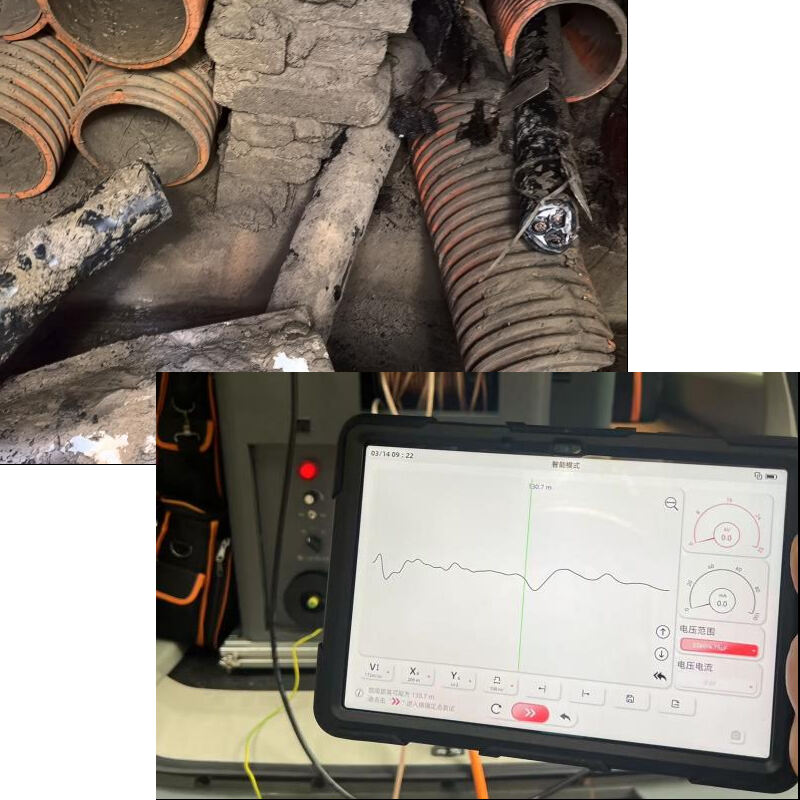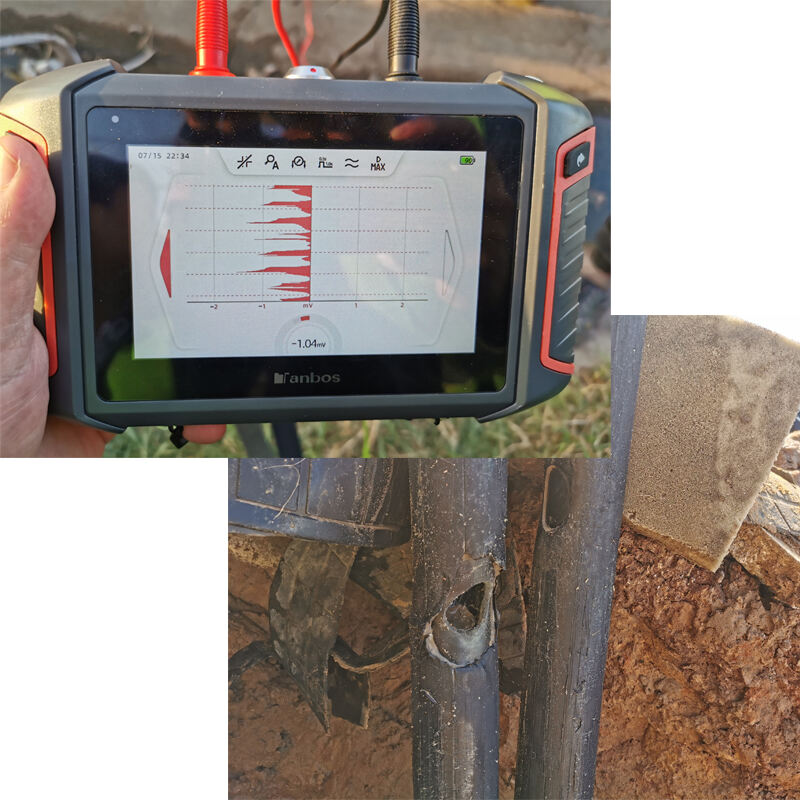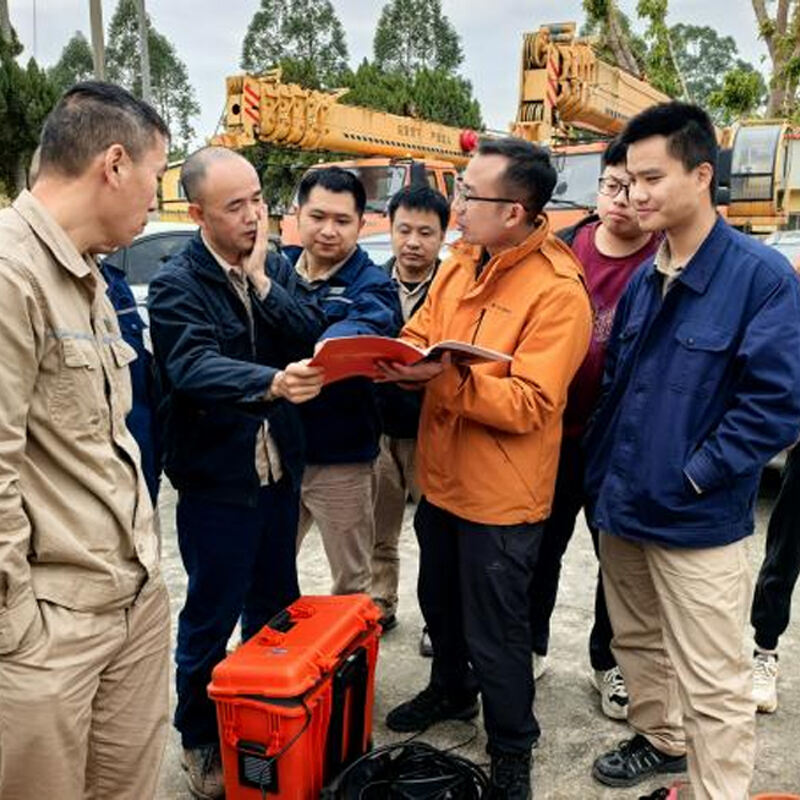Cable faults are a frustrating situation that interfere with our favorite television programs or our online gaming. Have you ever stopped to consider what causes these problems? Let’s investigate cable faults - and how testers like Tanbos assist in finding and fixing them.
Common Causes of Cable Faults
Cable faults occur for a few reasons. One factor is wear and tear. The same way our shoes can wear down with time, cables can also get damaged from use. Another cause is the effect of the environment, such as extremely hot or cold temperatures or moisture, which can degrade the cables.

How Test Technicians Can Pinpoint Cable Faults Fast
Testers such as the ones used at Tanbos use specialized equipment to identify cable faults quickly. One piece of important equipment they rely on is a cable fault tester, which can indicate where on the cable the fault lies. This enables technicians to know precisely where to remedy the issue.
Types of Cable Faults
There are many different types of faults in cables that fault tester look for - open circuit faults, short circuit faults and insulation faults. An open circuit failure occurs when the wire is severed, preventing the electricity to flow altogether. A short circuit fault is when two wires touch and current is able to pass from one to the other. Insulation failures occur when the cable’s protective coating becomes compromised and the wires inside are exposed.
Why Advanced Testing Tools are Vital
High-level testing tools are very necessary for the accurate testing of cable faults. Tanbos employs special tools such as time domain reflectometers (TDRs) and insulation resistance cable fault locator tester to test the wiring and locate any faults. The tools provide cable installation and diagnostic capabilities, offering technicians information about cables that will allow them to fix any problems they encounter quickly.

How to Stop this from Happening in the Future
To prevent future cable faults we need to test and maintain the cables frequently. Companies like Tanbos recommend inspecting the cables regularly to ensure they are in good condition. That includes an examination for wear and tear and insulation resistance tests to ensure the cables are still robust.

 EN
EN
 AR
AR HR
HR CS
CS NL
NL FR
FR DE
DE EL
EL HI
HI IT
IT JA
JA KO
KO NO
NO PL
PL PT
PT RO
RO RU
RU ES
ES SV
SV TL
TL IW
IW ID
ID SR
SR SK
SK UK
UK VI
VI ET
ET HU
HU TH
TH TR
TR FA
FA MS
MS GA
GA HY
HY AZ
AZ UR
UR BN
BN LA
LA MN
MN KK
KK
